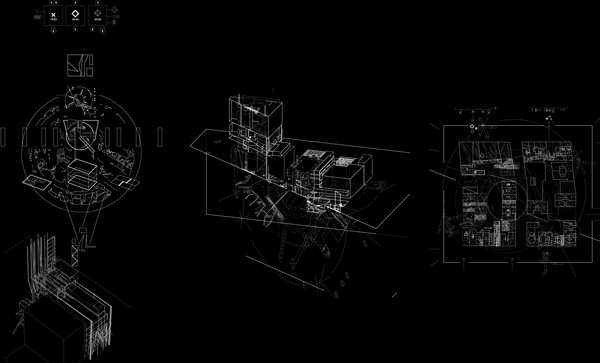
Spring 2013, advanced architecture studio at Columbia University graduate school of architecture. Critic: Juan Herreros
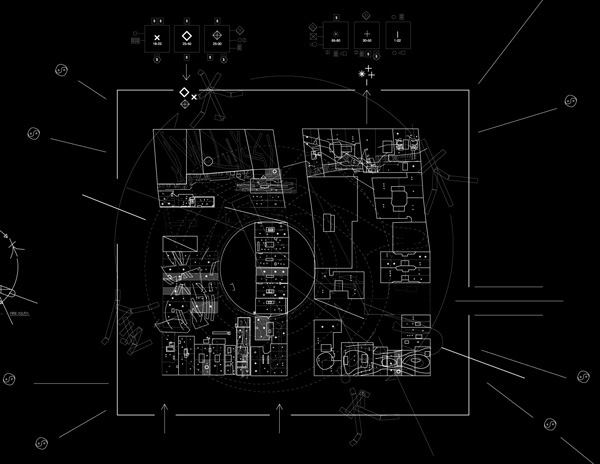
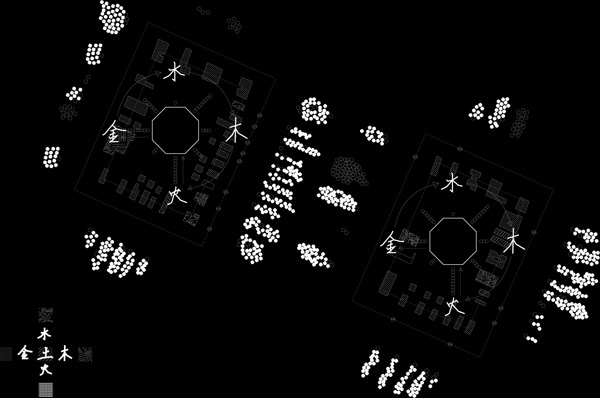
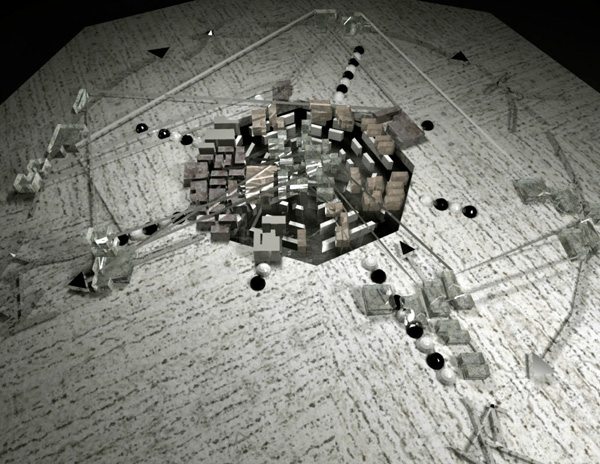
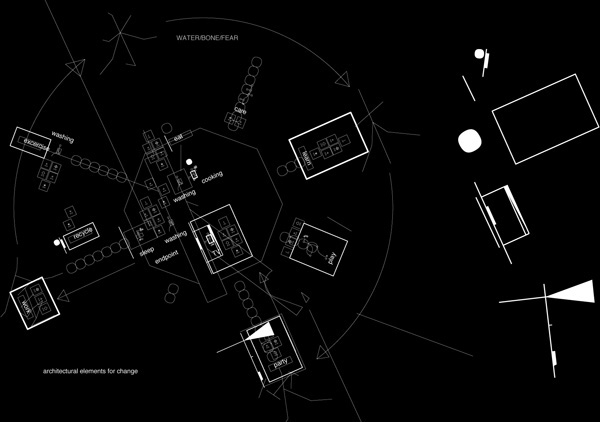



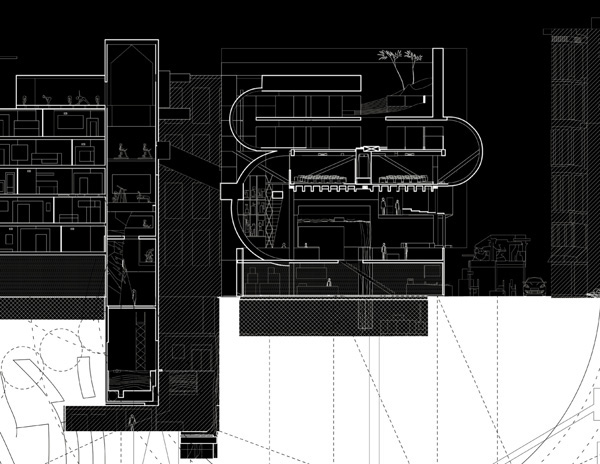
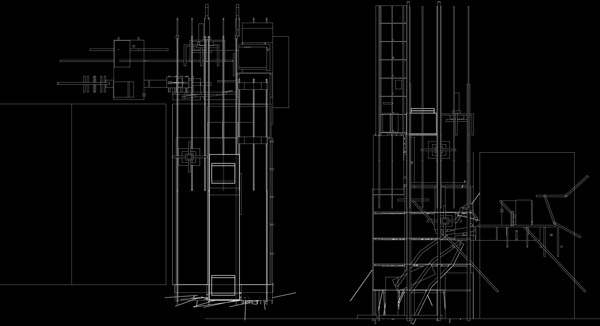
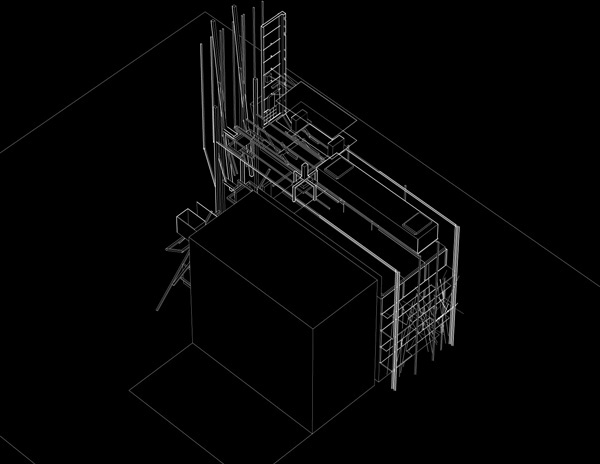
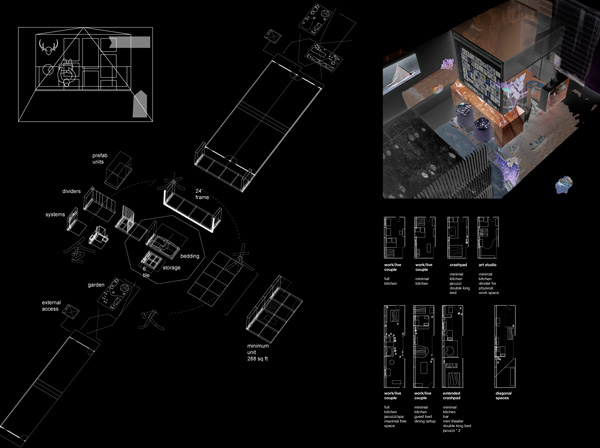
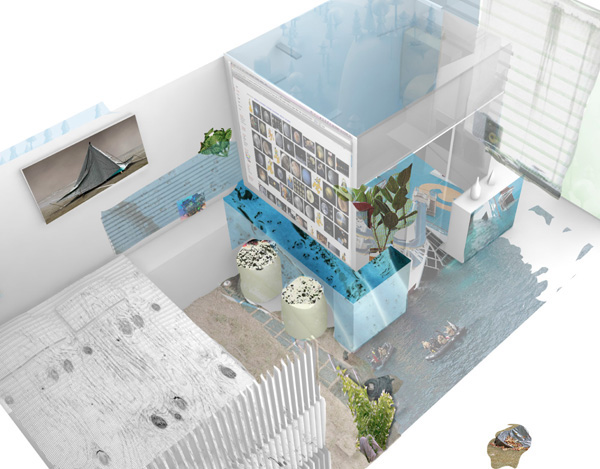
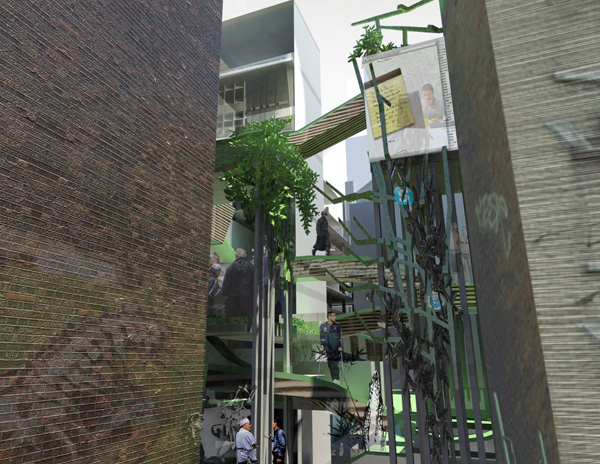

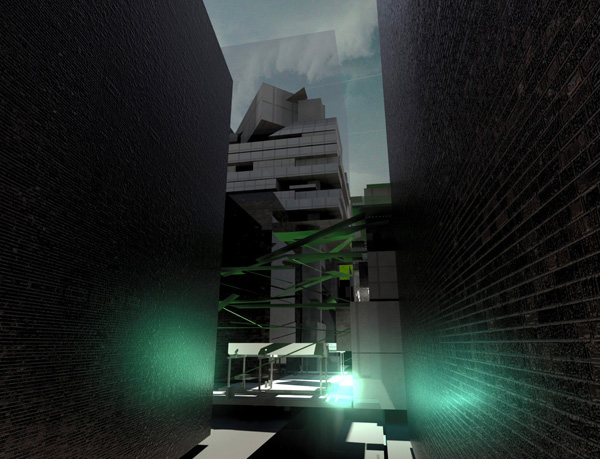
From the studio brief:
Living in the city.
global china town case study
instructor: Juan Herreros // TA’s: José Aragüez, Ernesto Silva
AN ARGUMENT: To work in the consolidated city by giving a second opportunity to neighborhoods that are apparently “finalized” and have no chance to be re-described. This agenda demands going beyond the conventional strategy of transformation—understood as plot by plot—and inventing new strategies instead, without falling into the glib fascination with megastructural conceptions.
A LOCATION: Chinatown Manhattan is one the few “Chinatowns” in NYC and one of the 300 existing around the world today. It works like a dynamic city in its own right, comprised of residential, productive, business, commercial and cultural sectors. Current conditions are dissimilar. Most of the buildings are over a hundred years old and have never been renovated.
A PROJECT: Where it seems like architecture has no longer any say, we propose urban recycling solu- tions, primarily based on residential use, to be superimposed onto the current urban tissue. Proposals must address the typical domains of a neighborhood-scale urban reality (production, business, consump- tion, culture, etc.).
A PRELIMINARY STUDY: In order to avoid the unconscious temptation of reproducing ancient utopian dreams, each participant will first explore and submit to class criticism an urban model produced by one of the avant-garde practices of the sixties. The purpose of this study is to transpose the ideals of the chosen model to present moment conditions.
A GLOBAL RESEARCH: To begin elaborating a catalog of Chinatowns around the globe. USA examples: Manhattan, Queens, Brooklyn, Philadelphia, Boston, Los Angeles, San Francisco, Oakland, Honolulu and others that are either brand new or presently being established. Identifying topics and parameters of com- parison will constitute a collective course work.
A GOAL: To turn the deliberate choice of representation techniques into a central component of the pedagogical agenda. Each participant ought to build his own graphic and communicative personality. Preci- sion and clarity, quality and quantity of information, subjective and technical content—these aspects will confer a value to the documents eventually produced. From exploratory diagrams to construction details, internal reviews will systematically emphasize the relationship between activated exploration and selected procedure.
global china town case study
instructor: Juan Herreros // TA’s: José Aragüez, Ernesto Silva
AN ARGUMENT: To work in the consolidated city by giving a second opportunity to neighborhoods that are apparently “finalized” and have no chance to be re-described. This agenda demands going beyond the conventional strategy of transformation—understood as plot by plot—and inventing new strategies instead, without falling into the glib fascination with megastructural conceptions.
A LOCATION: Chinatown Manhattan is one the few “Chinatowns” in NYC and one of the 300 existing around the world today. It works like a dynamic city in its own right, comprised of residential, productive, business, commercial and cultural sectors. Current conditions are dissimilar. Most of the buildings are over a hundred years old and have never been renovated.
A PROJECT: Where it seems like architecture has no longer any say, we propose urban recycling solu- tions, primarily based on residential use, to be superimposed onto the current urban tissue. Proposals must address the typical domains of a neighborhood-scale urban reality (production, business, consump- tion, culture, etc.).
A PRELIMINARY STUDY: In order to avoid the unconscious temptation of reproducing ancient utopian dreams, each participant will first explore and submit to class criticism an urban model produced by one of the avant-garde practices of the sixties. The purpose of this study is to transpose the ideals of the chosen model to present moment conditions.
A GLOBAL RESEARCH: To begin elaborating a catalog of Chinatowns around the globe. USA examples: Manhattan, Queens, Brooklyn, Philadelphia, Boston, Los Angeles, San Francisco, Oakland, Honolulu and others that are either brand new or presently being established. Identifying topics and parameters of com- parison will constitute a collective course work.
A GOAL: To turn the deliberate choice of representation techniques into a central component of the pedagogical agenda. Each participant ought to build his own graphic and communicative personality. Preci- sion and clarity, quality and quantity of information, subjective and technical content—these aspects will confer a value to the documents eventually produced. From exploratory diagrams to construction details, internal reviews will systematically emphasize the relationship between activated exploration and selected procedure.


